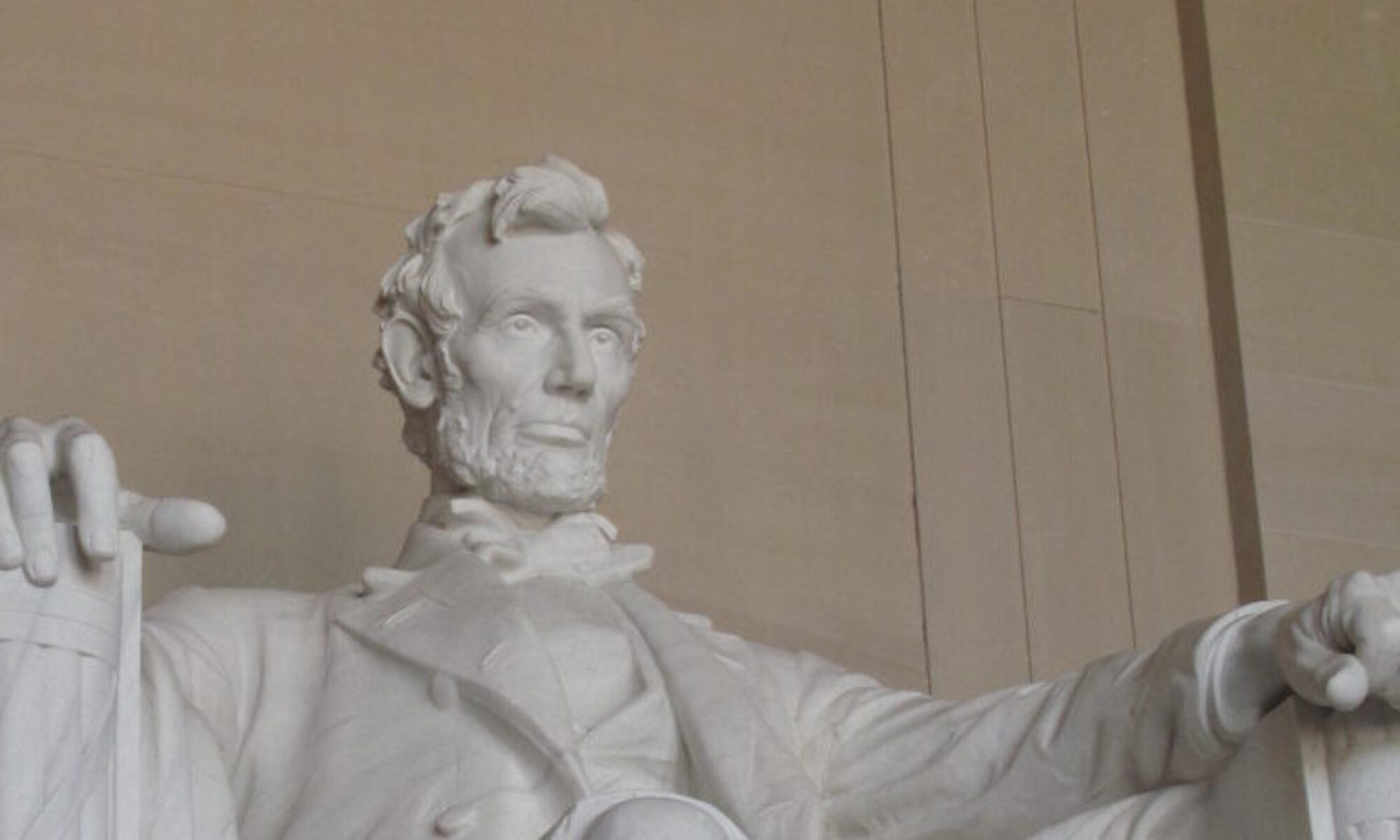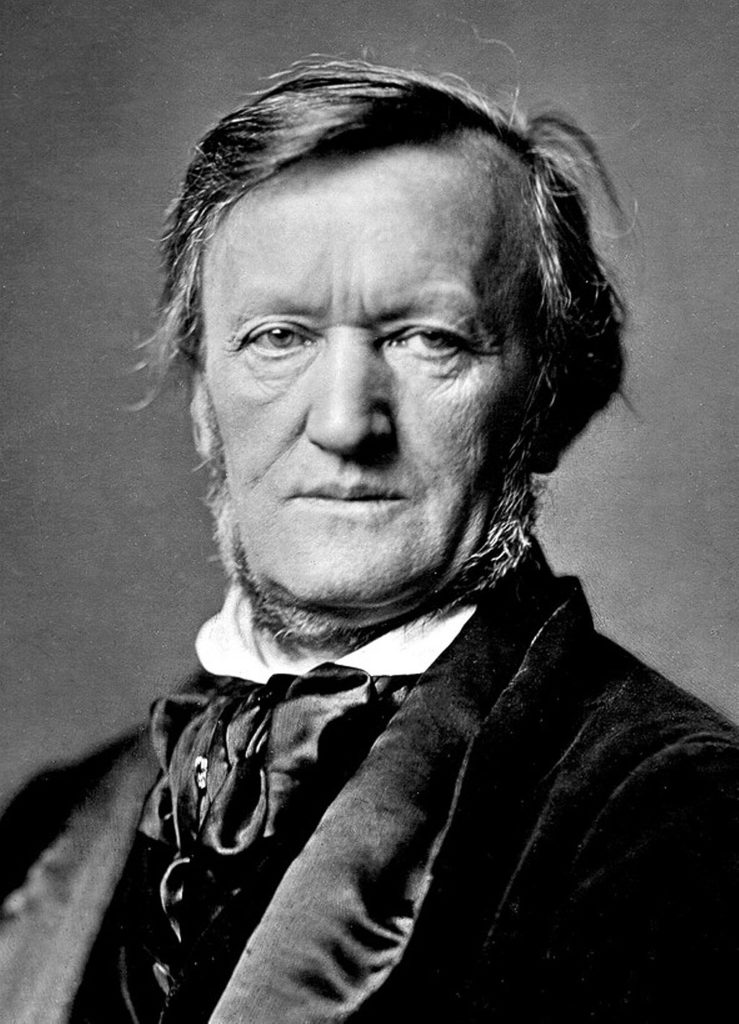We are often called on these pages to speak of genius. The story of western civilization is replete with epic personalities and talents. The accomplishments in art, music, literature, philosophy and science often soar to heights that elevate humankind to a special, almost immortal transcendency. But inevitably, the source of such genius is at base a flawed human, filled with original sin. Caravaggio painted with epic beauty, but was difficult and violent. Percy Bysshe Shelley was an icon of idyllic poetry, but treated people in his life with disdain and infidelity. Isaac Newton almost single handedly invented modern math and science, but was raptor like in sharing any sense that the inspiration may have been collaborative.
Then there is Richard Wagner. A savant in perfidy, Wagner holds a special place in the pantheon of geniuses who managed to deliver a lifetime of troubled actions, making it to this day hard to separate the works from the ugliness beneath them. Wagner ran from his debts, treated his wife as a stranger, and other men’s wives as his prey, used and abused admirers, denigrated other great artists’ works to elevate his own, and pandered to an ugly strain of anti-semitism that allowed others to use his art as propaganda for the worst racial philosophies. Connecting it all, was a megalomania that allowed him to excuse himself for all behaviors, for the propagation of his work as unrivaled. In total, not a good person.
The music is looked upon with the same dualism as the composer. The infusion of Wagner’s philosophies of life into every stitch of the music led to a type of unified field theory of musical art that fused Wagnerian poetry, stage design, operatic voice, and massive musical structure Wagner called Gesamtkundstwerk , or art in totality. He described the concept in essays that he felt was an evolution above and beyond the Beethoven conceptualization, that injected the other senses into the musical drama. His works became increasingly contra-tonal, complex, philosophically linked — and long. …very long. Long and divergent to structure to the point that Rossini, the great Italian composer is famous for having described Wagner’s music as containing “wonderful moments, and dreadful quarter hours of an hour.” The music drama form was reworked by Wagner to predate and forever influence cinema of the twentieth century, with the influence of musical cues known as leitmotifs that predicts a character’s appearance, reveals inner emotions or tensions , or reorients the story. Think of the foreboding two note leitmotif of the shark in Jaws. No Wagner, and its just another shark in the ocean. The leitmotifs allowed Wagner to time travel through the epic stories, recalling characters, previous story lines, and linking them all over an extraordinary canvas of size and scope. The orchestra itself became larger, heavier in brass, to recreate the heroic figures and their actions, mirroring the increasingly pre-christian and racial memes of Wagner’s obsession with early German and Norse myths. The so called romantic middle operas, Der Fliegende Hollander (Flying Dutchman), Tannhauser, and Lohengrin developed Wagner’s spectacular sense of sound and color with many melodic moments that function as stand alone individual classics of the marriage of the visual and the aural.
The Magnus Opus is, however, the Ring, Der Ring Des Nibelungen, a marathon of four linked operatic dramas , Das Rheingold, Die Walkure, Siegfried, and Gotterdammerung, run as designed, in sequence, over 15 hours long, and performed in total only in so-called “festivals” to preserve the sanity of the audience. Wagner took twenty six years to develop the The Ring into its final form, and seeing it as the perfect synthesis of music and drama, browbeat his patron King Ludwig of Bavaria into freeing up the necessary funds to build a performance hall worth of the immense scope. Bayreuth stands today as the birth home of this spectacular sensorial event, and music listeners feel a sense of pilgrimage if they secure the experience of the Ring at Bayreuth at least once in their lifetimes.
The music of Wagner requires tremendous patience, necessarily leaving behind the modern world of the short attention span into a floating consciousness that presages modern philosophy, atonality, inner conflict, innate heroism, and savage beauty. Despite the megalomania and the perverse humanity, the thematic brilliance shines through. The thrilling ride of the Walkuries. The tempestuous, violent ghost existence of the Dutchman. The Wedding march in Lohengrin. The spiritual Pilgrim’s Chorus of Tannhauser. The other worldly achingly beautiful Tristan and Isolde Liebestod. The glorious reverberation of Siegfried’s Rhein Journey. Love him or hate him, Wagner owned the ability to grasp essential human emotion and pull it from you no matter your reticence in accepting such genius from such a flawed individual.
There are multiple moments of musical performance greatness, but a behind the scenes look at the extraordinary endurance and raw emotions required to pull out Wagner’s ultimate music scape knows no better example than a short vignette of the great George Solti leading the Vienna Philharmonic in recording rehearsal of Siegfried’s Funeral March from Gotterdammerung. This is a young Solti, willing to drain every ounce of human emotion from his orchestra and himself, in emoting the cataclysm of death and the loss of a heroic life. The below recording is just over six minutes long. One can begin to perceive why only a few conductors and a few orchestras are athletic and psychically stable enough to pull off an entire Ring performance. What a performance to begin your journey.

